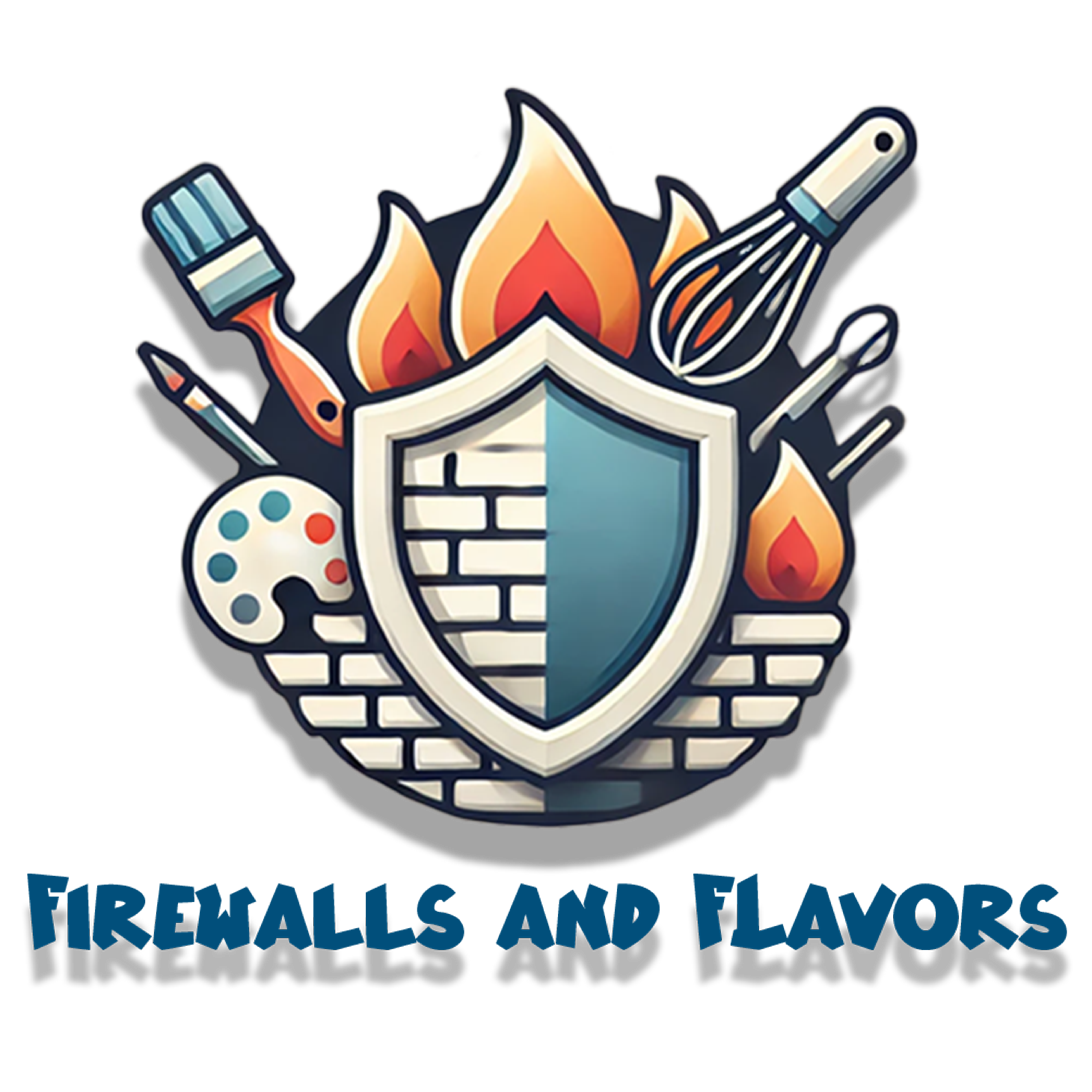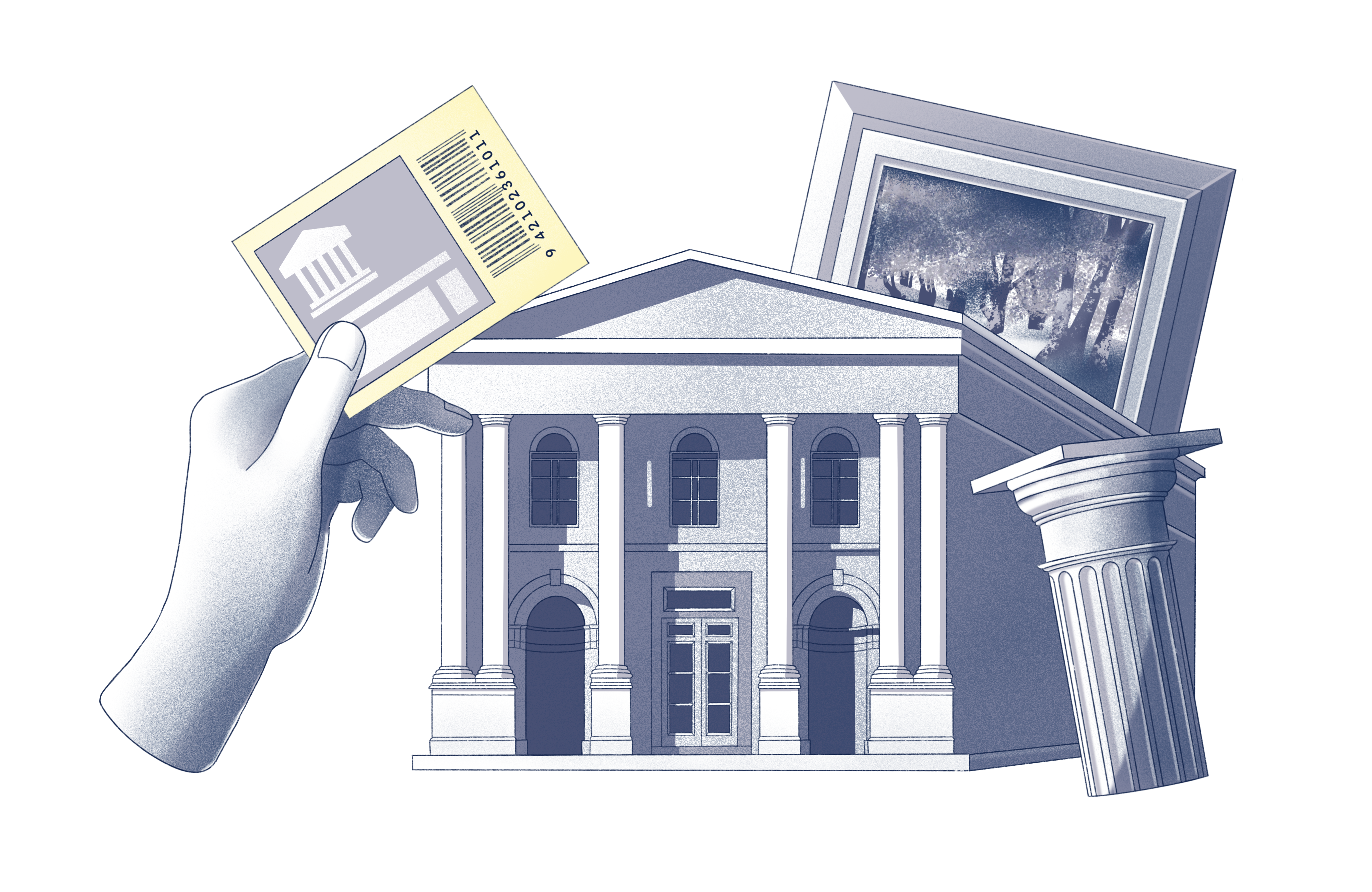The art world is increasingly going digital. Museums are digitizing archives, artists are sharing work online, and galleries are managing everything from sales to exhibitions with software. While this creates exciting opportunities, it also opens the door to cybersecurity risks.
From ransomware attacks on museums to image theft affecting artists, the vulnerabilities are real. Cybersecurity isn’t just a technical concern; it is essential for protecting creativity and ensuring the integrity of art in a digital world.
As someone with a background in art and a deep appreciation for creativity, I have seen how vulnerable the art world is to cyber threats. My experience as an artist inspired me to create tools and resources that help safeguard the creative process and protect digital assets from cyber risks.
Why Cybersecurity Is a Big Deal for the Art World
Museums and Galleries
- Hackers Want Your Data: Ransomware attacks are becoming common, locking important files and demanding payment for their release.
- Phishing Scams: Employees often face fake emails designed to steal sensitive information.
- Data Leaks: Museums hold a wealth of private information, from donor records to artwork details, all of which could be exploited.
Artists
- Stolen Work: Digital images are easy to copy and use without permission, showing up on unauthorized merchandise or even as NFTs.
- Hidden Metadata: Photos uploaded online can contain details like location and software used, which can unintentionally expose personal information.
- Lack of Protection: Many artists don’t have tools or knowledge to secure their digital creations.
Tools and Resources for Securing the Art World
Museum Cybersecurity Training Game
This interactive training tool is designed to help museum employees recognize and prevent cybersecurity threats in a fun and engaging way.
Features:
- 15 realistic scenarios covering threats like phishing and data breaches.
- Instant feedback to reinforce learning with every question.
- Progress tracking and motivational grading to keep users engaged.
Why It’s Important: Museums face unique cybersecurity challenges. This game empowers employees to identify threats, protecting their institutions and the priceless cultural artifacts they safeguard.
Check out the Museum Cybersecurity Training Game Click Here!
Artist Digital Toolkit
This user-friendly solution is tailored to help artists protect their work and maintain control over their digital assets.
Features:
- Watermark Generator: Add custom watermarks to deter unauthorized use.
- Metadata Cleaner: Remove sensitive information from images to enhance privacy.
- Sharing Agreement Creator: Generate professional agreements to securely share artwork.
Why It’s Important: As an artist myself, I understand how valuable and personal creative work is. This toolkit is designed to help artists take control of their work and feel confident sharing it online without fear of exploitation.
Check out the Artist Digital Toolkit Click Here!
Making Cybersecurity Accessible
Cybersecurity often feels intimidating, especially for creatives who just want to focus on their work. It doesn’t have to be that way. Simple tools and basic awareness can make a huge difference in keeping digital assets safe.
Whether you’re managing a museum’s archives or sharing your latest piece online, taking small steps toward better cybersecurity can protect your work and give you peace of mind.
How to Get Started
- Learn the Basics: Understand common risks like phishing and weak passwords.
- Use the Tools: Explore cybersecurity solutions tailored to your needs, like the Museum Cybersecurity Training Game or the Artist Digital Toolkit.
- Share Knowledge: Talk about cybersecurity with colleagues, friends, and fellow creatives to build awareness across the art community.
By combining my love for art with my growing cybersecurity expertise, I created these tools and resources to bridge the gap between creativity and security. The art world deserves the same level of protection as any other industry. Together, we can ensure that creativity and culture thrive safely in the digital age.

